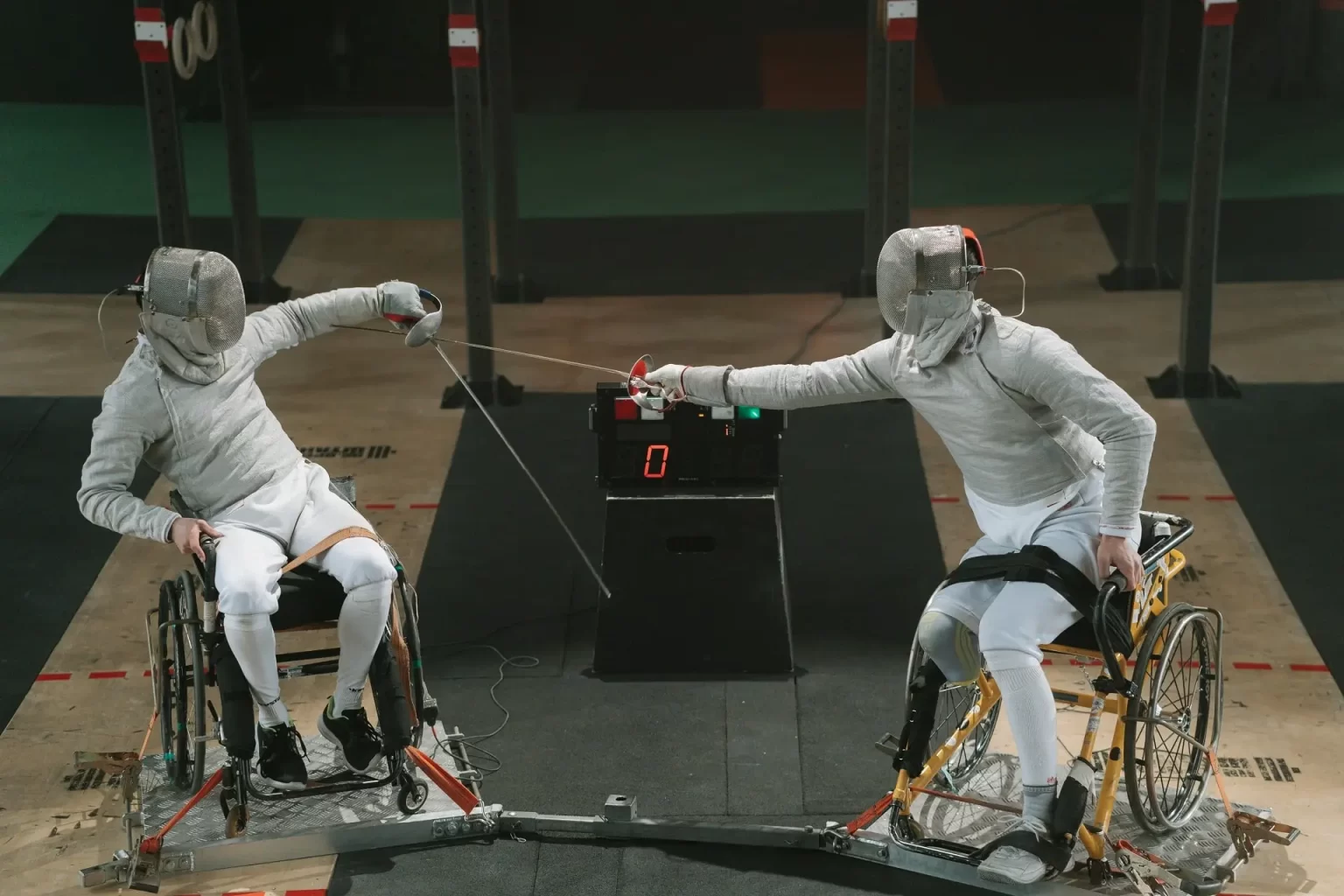In adapted sports, the functional classification of athletes, which separates them by type and degree of disability, is essential for defining categories in different modalities. In Paralympic sports, they base the division on the effect of the disability on the movements necessary to practice each sport, ensuring fair competition.
The classes are defined with a letter. Which refers to the sport played, the type of event, or the disability itself. Always based on the nomenclature in English and a number. Which refers to the degree of disability. “Typically, the lower the number, the greater the disability and the less functionality. For example, in swimming, for athletes with physical disabilities, classes range from S1 to S10. The S1 is the athlete with the most commitment and the S10, with the most functionality”, explains Casteleti.
They divide the classes into 3 large groups: PI (physical impairment) referring to physical disability and VI (visual impairment). For athletes with visual impairment; and II (intellectual impairment). Related to intellectual disability. “From then on, each modality has its own system. If we have 22 summer sports, there are 22 classifications. There are these 3 large groups and then there are the specificities of each modality”, he says.
Throughout their career, a para-athlete usually goes through more than one classification. Firstly, because there are different levels of competition: school, regional, national and international. “Although the classification systems are the same, this reclassification is necessary due to the management and organization of the event in question”, says the executive. Furthermore, until the age of 18, the classification is subject to review.
Other reasons that may make a review necessary are, for example, a degenerative disease, a worsening of the clinical picture, or a change in the classification system. “Class status can be confirmed, reviewed, or fixed-date review. In the case of an amputation, which is a stable pathology, for example. The athlete will receive a confirmed class and will no longer need to go through classification unless the system changes”, he says.




